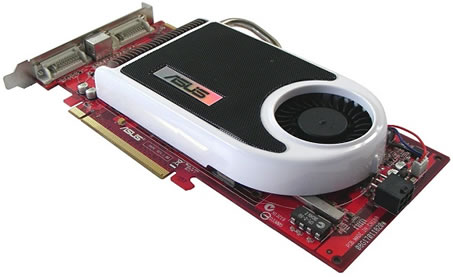Better late than never they say. Ever since Nvidia launched the GeForce 7 series ATI has been playing catch up, and it wasn't until late this year that they finally caught up. Until recently the Radeon X1950XTX was the single most powerful graphics card gamers could get their grubby little hands on. Now of course, the next-generation GeForce 8 series has escaped into the wilderness, wreaking havoc on everything ATI.
Nevertheless, this is not the end of the world for ATI, as the majority of gamers does not have the cash to splash on a shiny new GeForce 8800 graphics card. After all, $500 is quite steep for a single piece of hardware when whole systems can be bought for that amount nowadays.
The new Radeon X1950 Pro is a reasonably powerful alternative that is designed to compete with the GeForce 7900GS in the $200 price bracket. The good news is, the Radeon X1950 Pro is faster, if only by a small margin, but faster. Today we will be taking a close look to the ASUS Extreme AX1950Pro which is an actual retail product that strays somewhat from the typical ATI reference design.

There are many ways in which manufacturers can add more value to their particular graphics card offerings. The ASUS Extreme AX1950Pro is a serious Radeon X1950 Pro contender, offering factory overclocked core and memory frequencies along with an improved cooling solution.
ASUS has made a number of unique design adjustments to the Extreme AX1950Pro, which will hopefully help this product stand out not only from ATI's reference card which will never be seen in retail shelves but from other manufacturer's products.
As we had mentioned before in our Radeon X1950 Pro vs. GeForce 7900GS comparison, the Radeon X1950 Pro is meant to replace the rather unimpressive X1900 GT, but in doing so it comes at a more affordable price point and packing extra performance thanks to the added rendering pipelines. Using an 80nm process the typical X1950 Pro core frequency is rated at 575MHz, though ASUS ships their cards running at 581MHz. The memory is also "overclocked" operating a 1.4GHz, which is just 20MHz above spec.